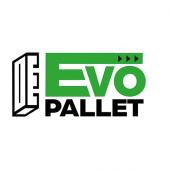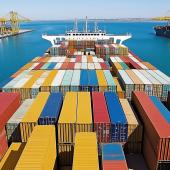Zero defects food
RULES AND TECHNOLOGY The standards that protect the quality of foodstuffs and consumer health have been strengthened, subjecting producers to new limitations. Shayne de La Force, tna group marketing manager, reviews the international rulings and traceabllity tools to be adopted to be able to export throughout the world.
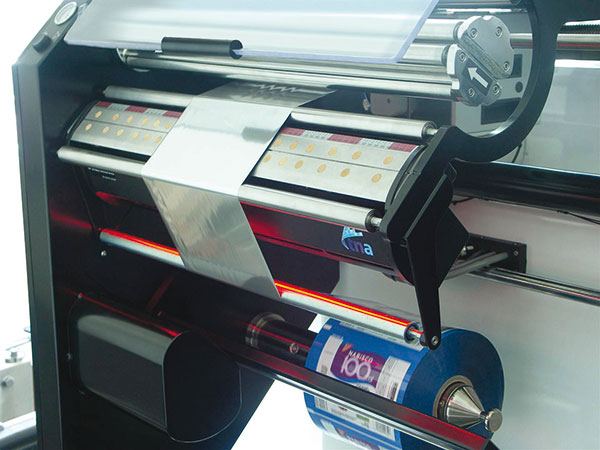 Countless stories of food contamination have hit the headlines in recent years - from outbreaks of Listeria in Cantaloupes (US 2011) to the identification of undeclared horsemeat in processed beef products (UK and Europe 2013). The Food & Drug Administration reports that 48 million Americans become sick each year due to food borne illnesses, while around 90,000 cases of food poisoning are recorded annually in England and Wales. As the number of product recalls continues to grow, such scandals erode consumer trust and satisfaction and can cause irreparable damage to brands. For these reasons manufacturers must address the issue of traceability.
Countless stories of food contamination have hit the headlines in recent years - from outbreaks of Listeria in Cantaloupes (US 2011) to the identification of undeclared horsemeat in processed beef products (UK and Europe 2013). The Food & Drug Administration reports that 48 million Americans become sick each year due to food borne illnesses, while around 90,000 cases of food poisoning are recorded annually in England and Wales. As the number of product recalls continues to grow, such scandals erode consumer trust and satisfaction and can cause irreparable damage to brands. For these reasons manufacturers must address the issue of traceability.
With increased regulation as well as growing consumer demand for greater transparency from the products they purchase, there has never been a better time for food manufacturers to review their processes. According to a report from Global Industry Analysts, the global market for food-safety testing is projected to reach euro 19.7 billion by 2018, and the APAC region represents the fastest growing opportunity for food-safety testing due to lack of regulation, or the lack of its implementation.
Here, Shayne de la Force, Group Marketing Manager tna (global supplier of integrated food packaging solutions, including metal detection and identification solutions, system controls & integration), examines the benefits of improving traceability within the food processing and packaging industry. And analyse together the methods and tools that enable the documentation all the processing stages, as well as the identification of the risks, problems of faulty goods before reaching the consumers, to the advantage of the quality of the products and the reputation of the producers (as well as quickly and economically managing any possible withdrawals of lots already in commerce).
International commerce: rising rules
In order to address food safety scandals, governments across the globe have recognised the need for greater regulation.
In the US, for example, the FDA introduced the FSMA in 2011, which is designed to establish a risk-based and global systems approach to food safety. It spans from the source to the processing and packaging stage. This new act builds on existing HACCP rules, and puts the onus on food manufacturers to prevent food contamination, rather than just responding to cases once they have occurred.
Furthermore, companies are now required by the FSMA to submit safety plans to the FDA to demonstrate how they will tackle an issue, and there will be more spot checks from government officials. It also includes stricter operating standards and enforcement of accurate labelling and it applies to food from overseas too. Up to 15% of the entire US supply chain is imported, meaning that manufacturers around the world that supply the US will also have to adhere to the regulations.
There is already evidence to suggest that the new FSMA rules have had a positive impact on consumer safety. Class 1 recalls, listed as those “having a reasonable probability that the use of or exposure to a violative product will cause serious adverse health consequences or death” have led to a reduction in cases of salmonella from 43% in 2010 to 21% in 2011.
In the EU, implementing traceability systems has been compulsory since 2002 when the General Food Law came into force. General requirements detail the need to keep records to monitor product and ingredient movement, and cover all food and feed, all food and feed business operators, as well as including sector specific legislation for certain applications, such as meat products. As with U.S. regulation, importers are similarly affected as they will be required to identify from whom and where the product was exported. It is clear that most local, and many global, manufacturers must implement some form of traceability system in order to comply with regulation and continue to operate safely on an international scale (1).
(1) Manufacturers can make use of resources like the Food Safety Alliance for Packaging (Institute of Packaging Professionals) - that offers food safety forms, models and HACCP planning resources - as well as using specialist suppliers with the expertise to navigate the industry.
The automation at the centre of the system
From the technical point of view, automation is a key component when improving traceability. Product quality issues can apply to both raw materials and finished products, and are often caused by badly specified, outdated or poorly configured control systems. By implementing systems that can be easily validated and incorporated into existing processing and packaging lines, data that will satisfy traceability requirements can be attained.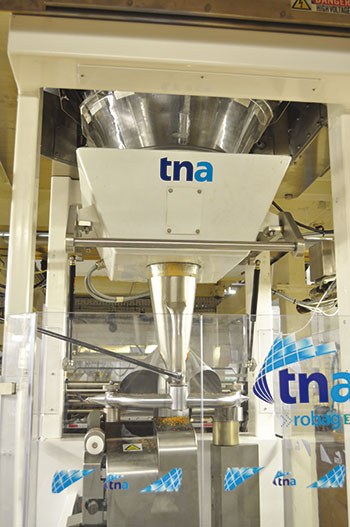
It is important that detailed and reliable data from as many parts of the production process as possible are collected and thoroughly evaluated. Barcode scanning and in-line monitoring systems ensure products are always within specification and adhere to all food safety regulations, with accurate labelling to correctly identify what is within the packaging. Using an effective tracking system to monitor any goods that arrive, control existing stock and keeping up to date on products’ shelf life, will help reduce raw material wastage, make inventories more accurate and maintain product quality at all times. In addition, with production tracking software, food processors can monitor and record information about their processes enabling them to rectify any issues, and have the documentation available to meet new record keeping requirements.
Removing contaminants
Detecting foreign bodies within the production line is of primary importance. Metal detection technology allows processors to identify potential risks in products, and inspections must monitor for small pieces of metal to ensure consumer safety. The equipment must therefore be sensitive and reliable so that nothing is missed that could harm consumers. Equally it must reduce the risk of false detections which can often lead to wasted products and time. It is also essential to identify the correct points in the process to monitor the products, as the earlier a contaminant can be discovered and removed, the fewer products will be spoilt, making greater savings possible. Such equipment must also operate at high speeds to ensure that productivity is not adversely affected.
Plant hygiene is also paramount in the battle to eradicate foreign bodies and avoid environmental contamination concerns. An effective and well-documented cleaning process is necessary to meet the new FSMA requirements and assure complete food safety, with equipment cleaned on a regular basis. Easy-clean materials such as stainless steel, as well as reducing the number of moving parts where products can become trapped, facilitates this process, eliminating the need for lengthy downtime and reducing the risk of allergens or contamination.
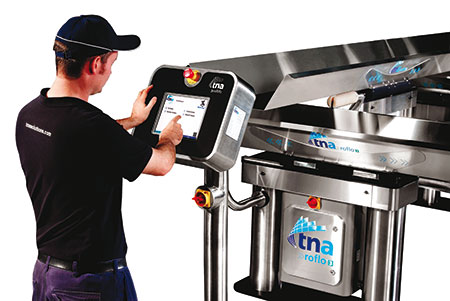 Specialist solutions
Specialist solutions
The company tna is a leading global supplier of integrated food packaging solutions with over 6,000 systems installed across more than 120 countries. With headquarters in Australia and European branch in Birmingham (UK), the company provides a comprehensive range of products including spraying, distribution, seasoning, weighing, packaging, metal detection and identification solutions, plus system controls & integration solutions.
The company’s unique combination of innovative technologies, extensive project management experience and global support ensures that the customers’ production lines respect regulatory requirements.
tna's products feature a hygienic design, making them easy to clean, ensuring minimum downtime, also contributing to reducing the risk of allergens entering into production procedures.
We here highlight three key solutions from its range of products specific for traceability.
• The hyper-detect® metal detector can be seamlessly integrated into existing weighers and baggers. Able to detect 1.0 mm stainless steel, 1.0 mm non ferrous and 0.8mm ferrous materials, even at high speeds.
• The tna intelli-scan® 2 comprehensive date code assurance system is extremely accurate and reliable and processes images through a camera system to find miscoded or uncoded products. This ensures that date codes are printed, complete and legible so that products are clearly marked and which reduces the risk of incorrectly labelled goods entering the market.
• The tna intelli-read® 3 integrated barcode scanning system comes with a full film width bar code reader to automatically scan product film and cross-check it to verify that the correct product is being processed. It also automatically detects a splice with a different film.














